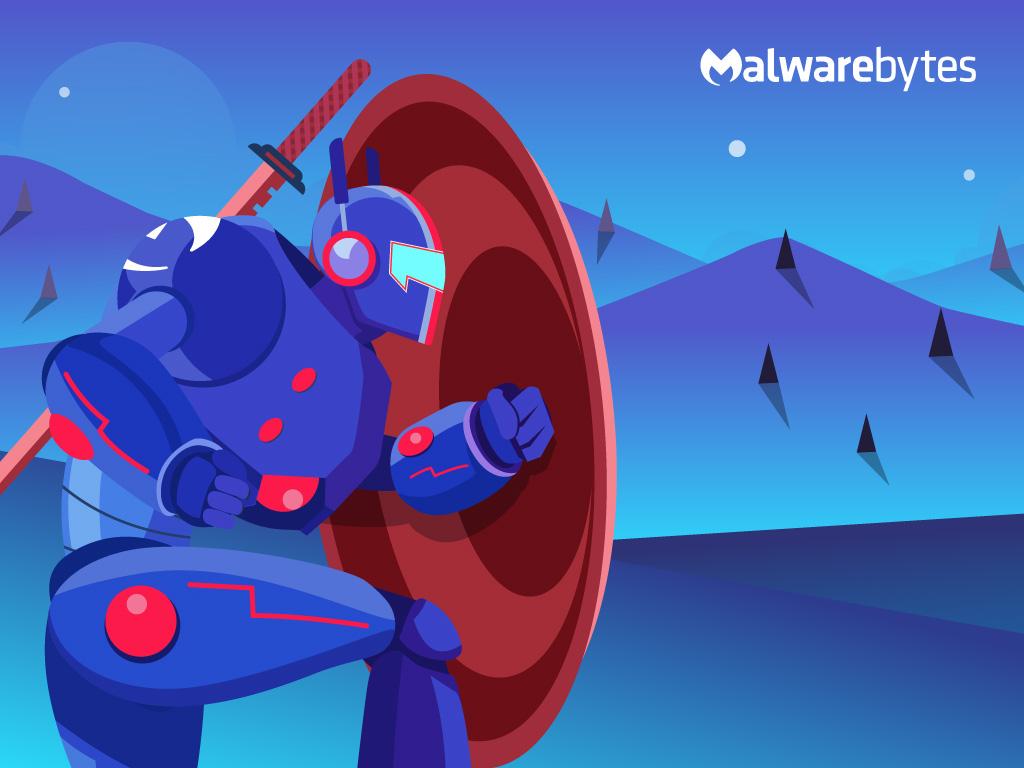
Table of Contents
What is Remote Access Trojan (RAT)?
Remote Access Trojans (RATs) are tools used by hackers to access and secretly control user devices. These Trojans, which are often distributed via fraudulent emails or malicious websites, allow hackers to view personal files, extract sensitive information, and shadow user actions. Due to their silent nature, RATs are a popular choice for target cyber attacks, which makes them invisible and difficult to eliminate completely.
History of the Remote Access Trojan
Remote Access Trojans (RATs) have a place in the history of cyber threats that will never be erased. Their roots go back to the 1990s, when people like SubSeven, Back Orifice, and Poison-Ivy did what they did first. Although these programs come from the past, they still exist today. It shows how strong and flexible they are. As cybersecurity defenses have improved over the years, RAT developers are in a constant game of cat and mouse, always making changes to their tools to keep up with the latest security threats.
Why is the Remote Access Trojan (RAT) a Threat?
RATs are a threat because they provide hackers with confidential access to infected systems. This silent access can be used to steal sensitive data, deploy other types of malware, and monitor a user’s every move.
The Mechanics of the Remote Access Trojan (RAT)
Typically, a RAT gains access to a device through malicious links, software vulnerabilities, or fraudulent attachments. After installation, it remains hidden, avoiding detection while giving hackers unauthorized device access. This means that the hacker can control the device and carry out commands and tasks from a distance.
Spotting Common Remote Access Trojans
Over the years, many RATs have become well-known, including:
Sakula: Sakula is malicious software that allows hackers to fully control a computer remotely while acting as a legitimate digital certificate. Notably, it uses the pass-the-hash technique to hijack active OS sessions by taking advantage of the Mimikatz password tool. It continues to function covertly by communicating using crude HTTP.
KjW0rm: KjW0rm is a very smart malware, especially on Windows devices, because it was made with VBS. Its techniques for hiding from antivirus programs are very clever, making it possible for attackers to set up a backdoor, take full control, and send data to its control point.
Havex: Havex RAT takes control of industrial equipment by attacking industrial control systems on purpose. Because it is good at changing and changing again, it stays under the radar and keeps its HTTP and HTTPS communications safe.
Agent.BTZ/ComRat: This RAT focuses on industrial control systems and is thought to have been made by Russian cyber spies. It is mostly spread through phishing, and it has a number of defenses, such as encryption and ways to avoid being analyzed. In addition to having full control of the system, it can send data to its parent server.
Dark Comet: Emerging in 2011, Dark Comet remains an active threat. It not only takes over entire systems but can neutralize functionalities like the Task Manager, firewall, and UAC on Windows devices. The cherry on top? Its encryption techniques make it an elusive catch for antivirus solutions.
AlienSpy: AlienSpy is a reconnaissance RAT that focuses mostly on Apple OS X and macOS. From gathering information about the system to taking over webcams, it sets up a secure connection to its command center and takes steps to identify virtual environments at the same time.
Heseber BOT: An innovative spin on the VNC remote tool, the Heseber BOT leverages VNC for seamless control over the targeted system and data transmission. But a catch remains – administrative privileges are contingent on user permissions. Its semblance to the genuine VNC tool renders it invisible to numerous antivirus solutions.
Sub7: In a dance of the client-server duo, Sub7 plays its cards by positioning the server on the victim’s end and empowering the attacker with a GUI client. With capabilities ranging from webcam utilization to chat, it also boasts an intuitive registry editor.
Back Orifice: Back Orifice has been around since the Windows 95 era and acts as a remote server on the target end. It looks like it doesn’t do much, but the attacker’s GUI client can take full control of the system. It is known to usually talk through port 31337 with TCP or UDP.
By understanding the complexity and capabilities of these RATs, individuals and organizations can better arm themselves against potential threats.
Detecting a Remote Access Trojan (RAT)
Remote Access Trojans, or RATs, are insidious malware types designed to provide unauthorized access and control over a victim’s system. Detecting these hidden threats can be challenging due to their secret nature. However, there are some common signs and methods to help identify their presence:
Unusual System Behavior:
Unexpected pop-ups: Frequent, unwanted system messages or software alerts.
Sluggish performance: System slows down suddenly or freezes frequently.
Mysterious Files: Detection of unknown files or software installations.
Network Incompatibility:
Unexplained Traffic: Spikes in network activity, especially during off-hours.
Foreign IP address: New, unfamiliar IPs connected to your network.
Irregular Outbound Requests: Unexpected requests from your system to unknown external servers.
System Monitoring Tools:
Task Manager: Unknown processes or applications running in the background.
Resource Monitor: Unusual resource consumption, especially CPU and RAM.
Security Software Warnings:
Antivirus Detection: Warning or quarantine of suspicious files.
Firewall Notifications: Alerts about unauthorized access attempts or blocked outbound requests.
User Complaints:
Uncontrolled operations: instances where the mouse or keyboard operates without user input.
Camera or Mic Activation: Random activation of the webcam or microphone lights without user intervention.
Software Vulnerabilities:
Outdated software: RATs often exploit vulnerabilities in older software versions. Make sure to update regularly.
Unexpected Administrator Privileges: New user accounts with administrator rights or escalation of existing user privileges.
Email Red Flags:
Suspicious attachments: Unexpected email attachments, especially from unknown senders.
Phishing links: Emails asking you to click a link or provide personal information.
Protection Against Remote Access Trojans (RAT)
Remote access Trojans pose a significant risk to individual users and organizations alike By deploying an array of defenses, you can fortify your systems and data against these hidden threats. Let’s explore ways to strengthen your cybersecurity armor:
Raise awareness through safety training:
Educate all stakeholders about the dangers and spread of RATs.
Host regular training sessions to identify and avoid suspicious attachments and phishing links.
Implement strong access control measures:
Set up two-factor or multi-factor authentication (MFA) for system access.
Allow only verified IP addresses and use strict firewall rules to limit potential breaches.
Ensure that credentials, especially administrative ones, are closely guarded and rotated periodically
Choose for secure connection:
Encourage the use of virtual private networks (VPNs) for secure remote access.
Employ gateways with advanced security features to reduce RAT propagation.
Adopt a zero-trust framework:
Adhere to the mantra: “Never trust, always verify.”
Instead of blanket access, grant specific, role-based permissions to prevent lateral movement by intruders.
Proceed with preventive measures:
Update and patch all software regularly, minimizing potential vulnerabilities.
Deploy safe browsing solutions and promote digital hygiene among users.
Continuously monitor for anomalies:
Use advanced tools to track any deviations from normal application behavior.
Improve network monitoring to detect unusual traffic patterns, which may indicate C&C server communication.
Embrace the doctrine of ‘least privilege’:
Grant only the necessary permissions required for the job.
Regularly audit permissions and revoke any unnecessary or outdated ones.
Include multi-layered verification:
Integrate multi-factor authentication across all platforms and access points.
This creates an additional barrier, even if a malicious actor obtains the login credentials.
Stay updated with cutting-edge tools:
Use sophisticated cybersecurity tools and software that can detect and remove RATs.
Consider using artificial intelligence and machine learning-based solutions for proactive detection.
Engage in real-time network traffic analysis:
Use sophisticated network monitoring tools to examine both internal and external traffic.
Set up alerts for any unknown or suspicious IP addresses.
By adjusting these protective measures, you create a multifaceted defense strategy against remote access Trojans. Remember, in the dynamic world of cyber security, being aware and prepared is half the battle.



